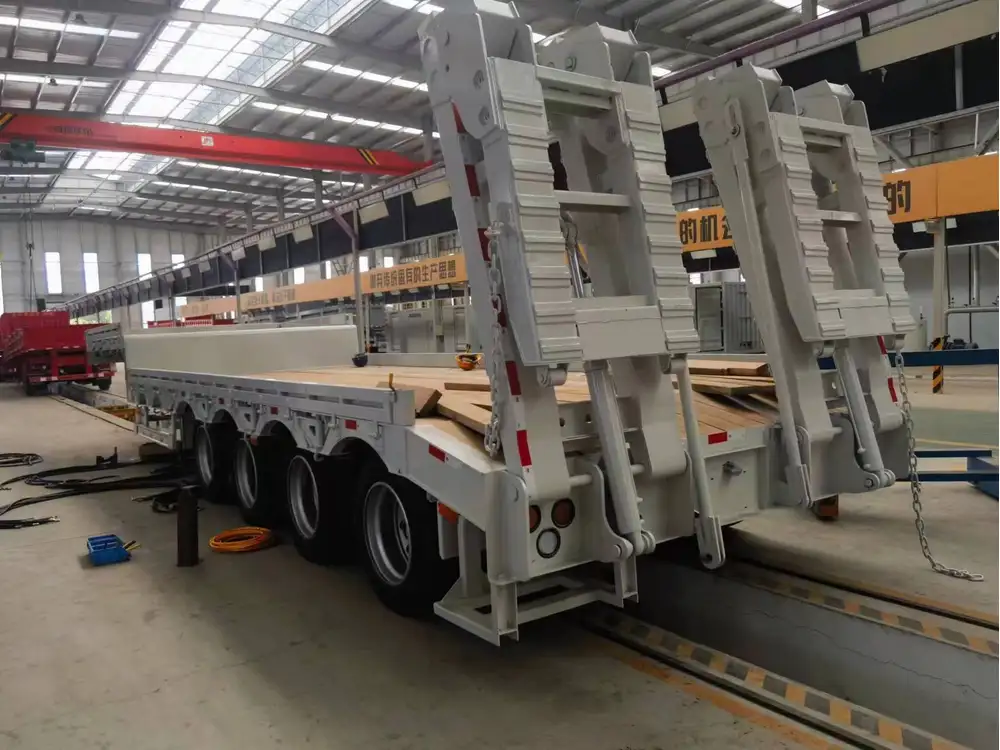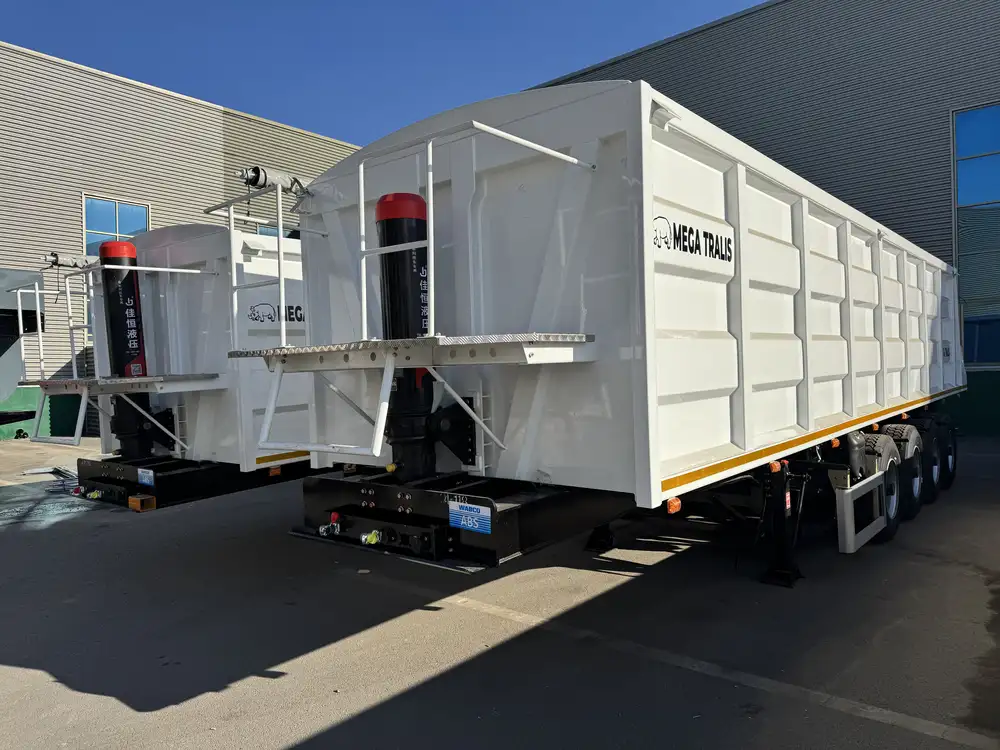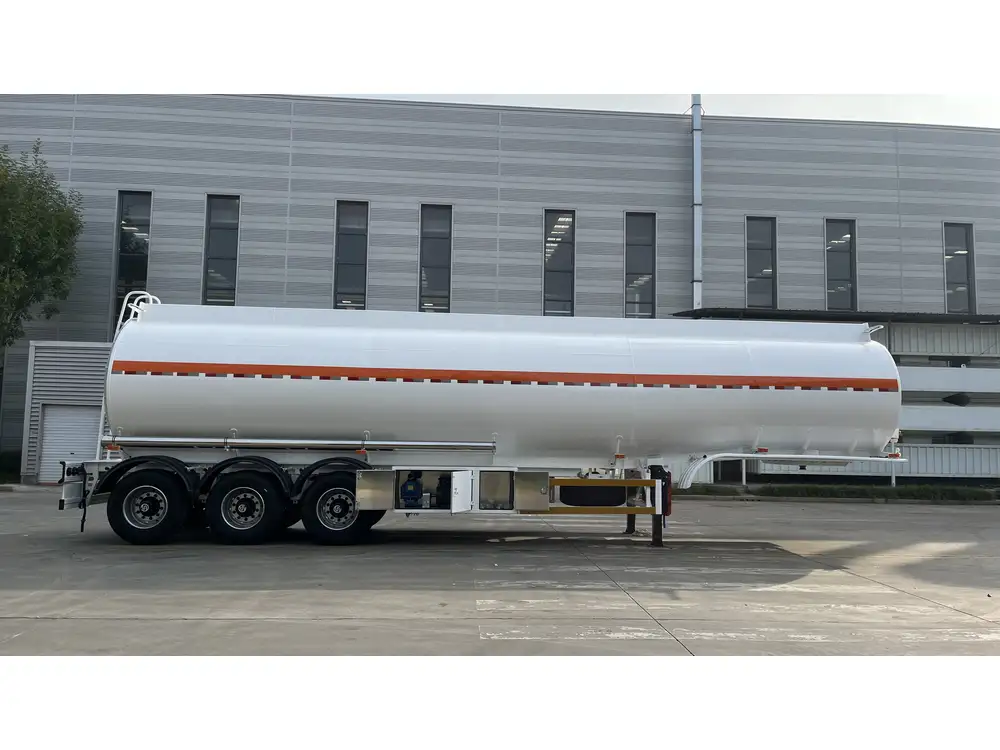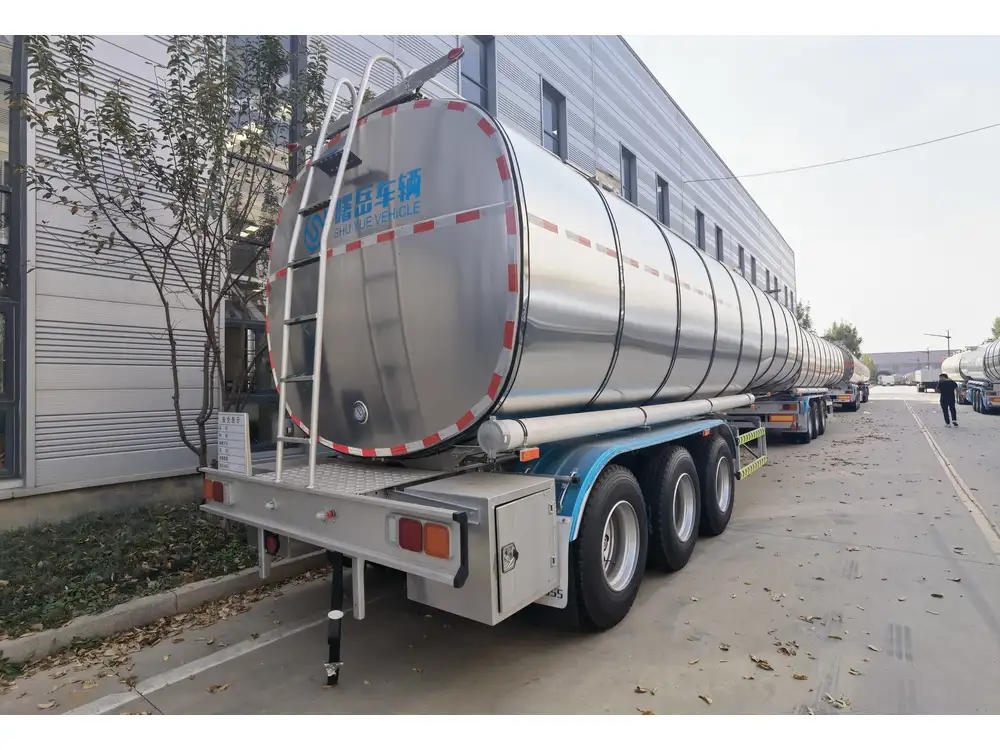When contemplating the extended storage of a dump trailer throughout the winter months, several components come into play, including structural integrity, functional viability, and maintenance considerations. Dump trailers, often exposed to harsh weather conditions, require careful assessment to avoid long-term damage that could compromise their utility. This extensive guide will lay out critical factors related to winter storage, best practices for maintaining your dump trailer, and strategies for ensuring it is ready for use come spring.
Understanding the Impacts of Winter Conditions
Winter conditions pose various threats to dump trailers. Engaging in a thorough analysis of these potential impacts can safeguard your investment.
1. Weather Elements
- Snow and Ice Accumulation: Heavy snow and ice can lead to excessive weight on the trailer’s structure, potentially causing bending or breaking.
- Extreme Cold: Low temperatures can cause metal components to contract and become brittle, while rubber parts may harden, leading to cracking.
- Moisture: Moisture from melting snow combined with low temperatures can lead to rust formation, particularly in untreated metal areas.

2. Mechanical Components
- Hydraulic Systems: If improperly maintained, hydraulic fluids can thicken in cold temperatures, impairing functionality.
- Electrical Systems: Cold can lead to battery failure and may cause electrical connections to corrode, presenting issues for your trailer’s lighting and braking systems.
3. Tires and Suspension
The tires can deflate or become damaged due to cold temperatures. Suspension components may also face issues if not adequately inspected and maintained.
Best Practices for Storing Your Dump Trailer
Proper storage methods are paramount in preserving the functionality and durability of your dump trailer over the winter months. Here are some recommended practices:

1. Clean Thoroughly
Before storing your trailer, ensure that it is thoroughly cleaned. Accumulated dirt, debris, and residual materials can lead to corrosion and deterioration. Scrub the bed and underside to remove all grime, salt, and chemicals that may cause damage.
Cleaning Checklist
| Area | Cleaning Method | Recommended Products |
|---|---|---|
| Interior Bed | High-pressure wash | Biodegradable trailer cleaner |
| Undercarriage | Scrub and rinse | Rust inhibitor |
| Tires | Soap and water | Tire cleaner |
| Electrical Connections | Dry wipe | Electrical contact cleaner |
2. Inspect and Repair
Conduct a comprehensive inspection of your trailer. Look for any wear and tear, particularly in mechanical, electrical, and structural components. Repair any minor issues before they escalate, saving you time and money in the long run.

3. Use a Quality Cover
If you plan to leave your dump trailer outside, investing in a high-quality cover is essential. A waterproof and breathable cover will protect it from snow, ice, and moisture while allowing condensation to escape, thus preventing mildew and rust.
4. Store in a Controlled Environment
Whenever possible, store your dump trailer indoors. Climate-controlled environments mitigate the risks posed by extreme cold and moisture exposure. If indoor storage isn’t an option, find a sheltered area away from direct elements.
5. Prepare the Tires

Inflation and Maintenance
- Inflate Tires: Inflate to the manufacturer’s recommended PSI, accounting for potential tire pressure loss in cold temperatures.
- Place on Blocks: If storing for an extended period, consider placing the tires on blocks to prevent flat spots.
Protecting the Mechanical Components
1. Hydraulic System Maintenance
- Fluid Checks: Change the hydraulic fluid if it appears contaminated or has become thickened; this ensures smooth functionality after winter.
- Seals Inspection: Examine seals and hoses for any signs of wear or cracking, replacing as necessary to protect against leaks.

2. Battery Care
Steps for Maintaining a Battery
| Task | Frequency |
|---|---|
| Charge Battery | Monthly |
| Clean Terminals | Before storage |
| Test Performance | Every two months |
A weak battery can lead to frustrations in the spring. Regular maintenance keeps your equipment operational.
3. Lubrication
Before winter, lubricate all moving parts, including hinges, axles, and hydraulic lifts, to minimize the chance of wear and prolong their life.

Preparing for Use Come Spring
As winter gradually fades, getting your dump trailer ready for operational duties requires a deliberate approach:
1. Initial Inspection
Start with a complete check, ensuring that all components function as intended post-winter. Look out for:
- Signs of rust or corrosion
- Damage to the cover or tires
- Any fluid leaks
2. Testing Systems
Before putting your dump trailer to work, conduct a thorough test of the hydraulic and electrical systems. Verify that the lift functions smoothly and safely.

3. Functionality Check
Test brakes, lights, and other operational features. Ensure that they are not only in working condition but also meet safety standards.
4. Clean Up Again
After the winter months, a second cleaning can enhance performance and aesthetics. A clean trailer not only looks good but also signals to customers that it is well cared for.
Conclusion
Leaving a dump trailer up all winter is conceivable but entails risks that necessitate cautious preparation and ongoing maintenance. By adhering to best practices—from thorough cleaning to careful inspections and protective measures—you can ensure that your trailer endures the winter months without compromising its integrity or performance. Ultimately, a little forethought paves the way for a trouble-free transition into the upcoming operational season, maximizing productivity and efficiency.

Final Thoughts
Investing time and resources into winterizing your dump trailer can lead to substantial long-term benefits, including reduced repair costs and enhanced lifespan. Adopting prudent strategies to manage both operational efficacy and material investment will lead to continued success within your ventures.



